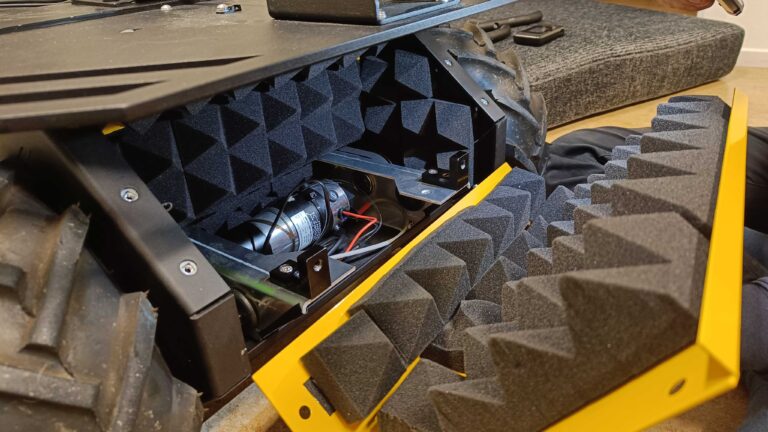We were commissioned by Ericsson to discover the possibilities and benefits of implementing 5G connectivity into robotics. The goal was to develop a promotive product for Ericsson Global Marketing that exhibits the advantages of 5G.
Dyno Robotics were responsible for picking a suitable platform that could be built upon to meet all the requirements set by the Ericsson team. We picked the Husky hardware platform because of it’s rugged design, suitable size and ability to operate both indoors and outdoors. It integrates well with our software stack based on ROS2.
With LTE Positioning Protocol, the robot achieves high-precision positioning and heading accuracy using Ericsson’s correction data.
Perception as a Service (PaaS) enables the detection of obstacles beyond the robot’s direct line of sight. The robot uses external cameras to detect its position, eliminating the need for expensive onboard localization systems, and enhances its perception using computer vision systems. It can “see” around corners, anticipate obstacles, and optimize path planning, reducing the need for costly onboard sensors.
By using ghost objects the robot can anticipate and navigate around obstacles such as construction sites or traffic jams. Ghost objects are easily added in our web-based scenario building tool where you can draw both static and dynamic obstacles in the map that the robot should avoid when driving.
Computationally heavy tasks are offloaded to an edge device, reducing the robot’s hardware requirements and promoting resource sharing for environmental sustainability. The edge computing, leveraged by ROS2 and 5G connectivity, allows remote execution of software functions, reducing costs and enabling customization




